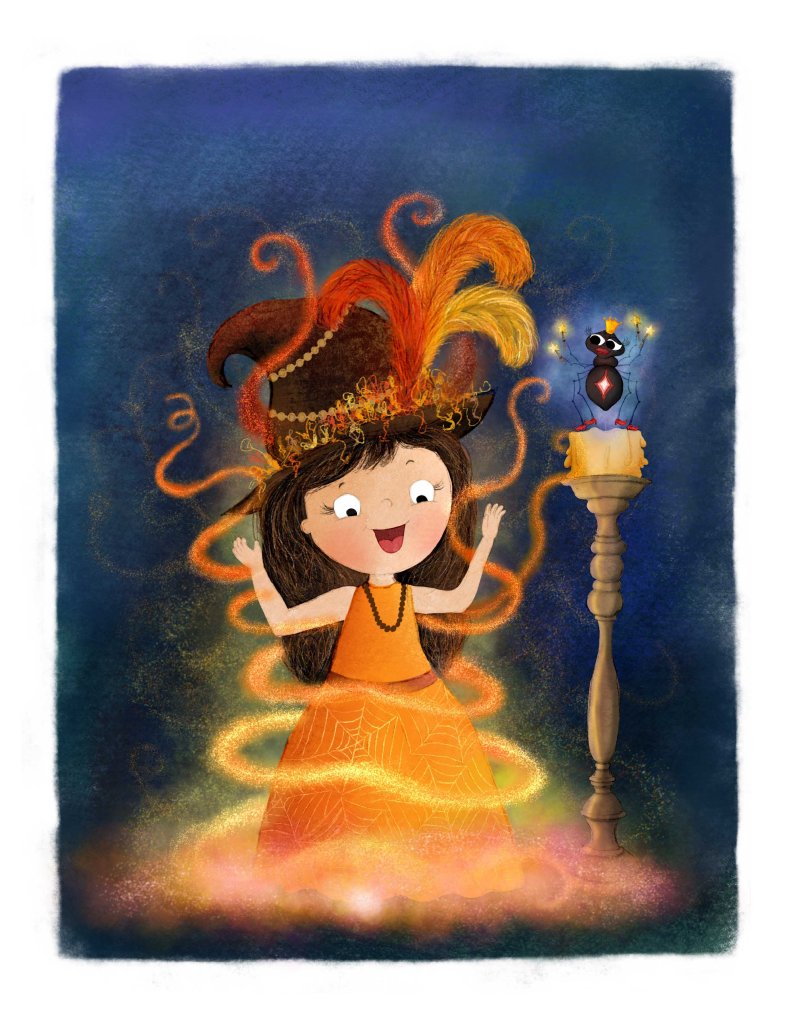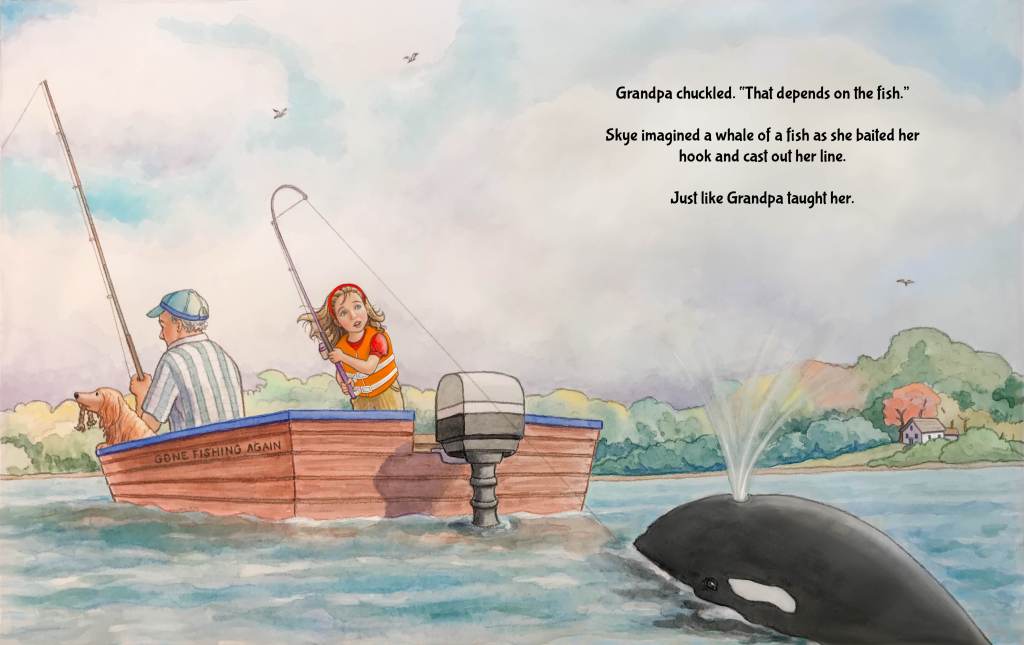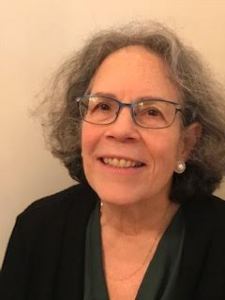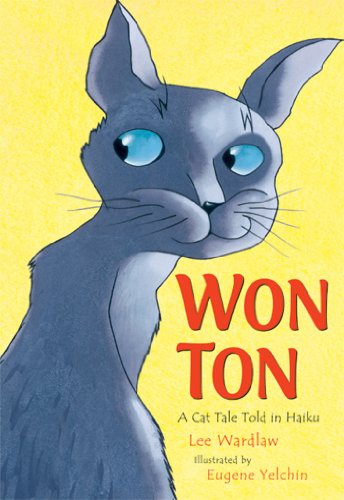
Hello, Word Wonder-ers! I am a huge fan of witchy books so for today’s interview on Finding Inspiration, I summoned Gayle C. Krause, author of the newly released picture book, ZADIE AND THE WITCH’S TEA. Welcome, Gayle! How did you find the inspiration for your spooky, kindness-centered Cinderella retelling?
Gayle: My sisters and I tease each other about our “witchy” powers. (When one calls, the other already has the phone in her hand, or when one is thinking about the other one, the phone rings.) To celebrate our sisterhood and our sibling thought-waves, (which we got from our grandmother) we gather every summer for fun, food, wine, and of course, ‘dress-up.’ We call it our Witchy Weekend.

Candice: How fun is that! I love it. What is your favorite part of the creative process?
Gayle: For rhyming picture books, my favorite part is finding multi-syllabic rhymes that make the poetry interesting and not just end rhymes. Sometimes, I use internal rhyme as well. And I always try to incorporate theme-specific words. Examples in Zadie’s story are:
fa-boo-lous frocks, bone-tingling beads, cobwebby capes, specdracula tea, zombie meringues

Candice: One of my favorites was “glamour-ghoul gowns”! Do you have other creative outlets or hobbies? How do they cross into your writing?
Gayle: Yes. I’m a quilter and a dollmaker. I make anything that’s fantasy related. It helps me fill the well in between manuscripts. While I waited for responses from editors, I turned my creativity to dollmaking and designed and created Zadie, her sisters, and the Grand Witch. Really, anything that has to do with fantasy.

Candice: Adorable. Filling the creative well is so important. Do you have any tips you’d like to share about finding creativity?
Gayle: Keep your eyes and ears open. An idea can spring from a person you see, a place you visit, or a saying that you can turn on its ear to make a punny picture book, i.e. The Sound of Moosic, featuring cows, of course. Sometimes a TV commercial will spark an idea. And dreams are always a source of inspiration for me.
Candice: Your “Hairy Godspider” was my favorite pun from your story! Can you tell us about a future book project you’re working on?

Gayle: I’m currently putting the finishing touches on my MG Fantasy (also about a witch), which was born from a 200-word excerpt I entered in the 2022 KID’S CHOICE KIDLIT WRITING CONTEST, which won 1st place nationally. The judges were MG readers, and that’s who I want to please with my MG novel writing.
Congrats, Gayle! I can’t wait to one day see it on a bookshelf.
To see ZADIE AND THE WITCH’S TEA on your bookshelf, request it at your local library, indie bookstore, or online at bookshop.org (helps support indie bookstores), Barnes & Noble, or Books a Million.

Named the 2022 MG first place winner of the Kid’s Choice KIDLIT Writing Contest,
Gayle C. Krause is a PAL SCBWI member and a past member of The Historical Novel
Society, and The Poets’ Garage. She served on the National Rhyme Revolution
Committee, choosing the best rhyming picture book from 2015-2018. She teaches writing seminars to published kidlit creatives and new children’s writers. She’s a former
Education Academy Chair in an upstate NY Career and Technical school, where she
taught prospective Early Childhood educators and directed a Laboratory Pre-K in
conjunction with her program. She writes PB, MG, and YA and has six published books.

Kate Talbot is a Children’s Book Author and Illustrator who has a passion for quirky stories, especially when told in rhyme. She has a degree in filmmaking and spent several years as a Film Producer (the highlight of her career was spilling an entire tray of drinks in Russell Crowe’s lap before falling butt-first into a fountain). In 2011, she made the shift to children’s writing and illustration, when she moved to Germany with her Spanish husband. Until recently she lived there with her family, but has now relocated to New Zealand. https://www.katetalbotbooks.com
Call to Creativity: Do you and your siblings/family members/found family have a special power all your own? How could that uniqueness magically turn into a story?

































